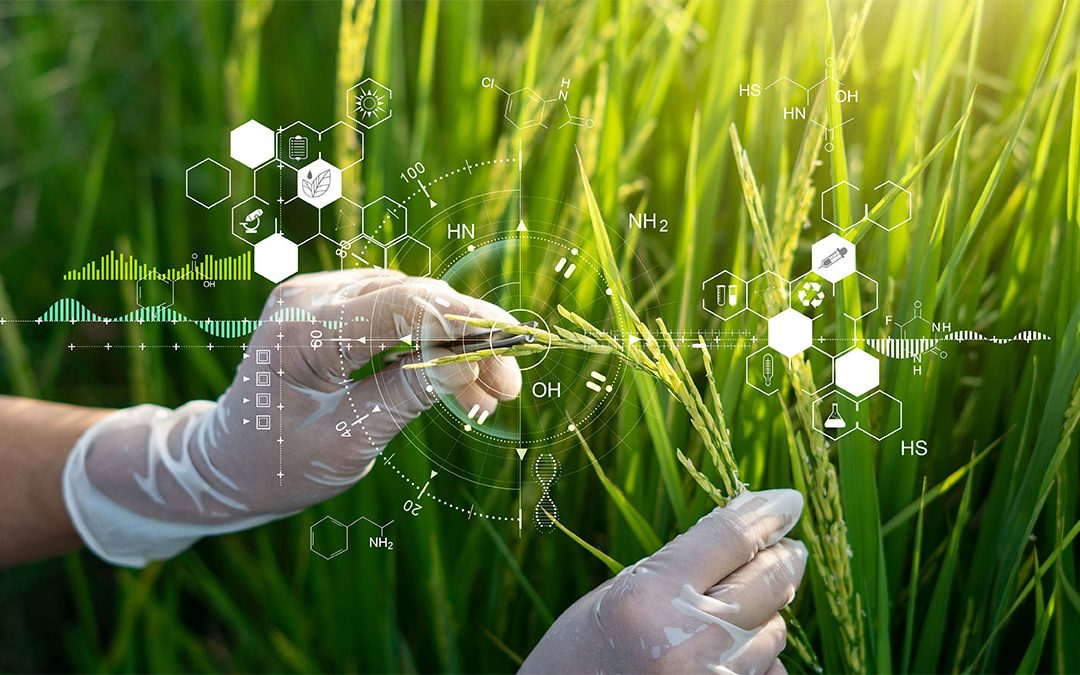In its ruling C 688-23 of today (1) the European Court of Justice decided that Genetically Modified Organisms (GMOs) produced by in vitro mutagenesis continue to be exempt from Directive 2001/18/EC (2) and are therefore not subject to the strict rules on transgenic organisms. Specifically, this means that corresponding plants and foods containing them do not have to be labeled accordingly.
What is mutagenesis?
Mutagenesis is a classic technique for breeding plants that has been used in agriculture since the 1950s. Numerous new varieties of fruits and vegetables produced in this way end up on our table every day. Unlike genetic engineering processes, in which new species are created by inserting foreign genes, mutagenesis involves treating seeds, plants or plant cells with radiation or chemicals, producing changes in the genetic material. A distinction is made between in vivo mutagenesis, in which the seed or the whole plant is treated, and in vitro mutagenesis, in which this is done on plant parts in the Petri dish.
Then, just as in classical breeding, those species with desirable characteristics are selected from the newly developed plants and the breeding process is continued with this material. In this way, varieties are obtained that, for example, can absorb nutrients better or are resistant to certain pathogens.
In principle, then, the technology merely mimics what happens in nature every day, triggered, for example, by the UV radiation of sunlight. In both cases, mutations occur frequently in the genome, but the genetic diversity that is so important for breeding is simply generated more quickly here. As in the natural process, the changes in the genome are unpredictable, which is why the term random mutagenesis is used.
What is the problem?
Even though random mutagenesis merely mimics and accelerates the natural processes that lead to changes in the genome of plants, the products do constitute genetically modified organisms, which in principle fall under the EU’s GMO Regulation. However, GMOs that have long been produced using processes considered safe have had an exemption since 2018, from which mutagenesis has so far benefited (3).
However, this was not enough for a French agricultural association and a group of 8 NGOs. While they found nothing wrong with the in vivo procedure, they considered the in vitro alternative potentially dangerous for humans. They had therefore filed a lawsuit against the French regulation with the aim of ensuring that organisms obtained by in vitro mutagenesis would no longer be exempt from the obligations provided for in the GMO Directive. This directive provides in particular that GMOs are subject to authorization following an assessment of the risks they pose to human health and the environment, and subjects them to requirements regarding their traceability, labeling and monitoring. Following a request submitted by French courts, the ECJ now had to make a final decision.
In vivo and in vitro – different risk assessment?
From a scientific point of view, there is no difference in biological safety between plants produced by in vitro and in vivo mutagenesis. The only difference is the place and the setup, where the random mutations are induced by radiation or chemicals. This was also stated by Advocate General Maciej Szpunar in his opinion on the current proceedings (4) and he recommended to continue to list GMOs produced by in vitro mutagenesis under the exemptions according to Annex I B No. 1 of Directive 2001/18.
Is the decision surprising?
The ECJ has already had to decide once whether GMOs fall under the exemption or not. At that time, the question was whether plants created by genome editing should be treated as transgenic organisms or as species obtained from random mutagenesis.
In the case of so-called transgenic plants, there is a clear difference to plants from classical breeding methods, because genetic information is incorporated that is foreign to the species.
Genome editing, however, refers to a mutation that is specifically induced at a predetermined location within the genetic material using CRISPR technology, for example, which means that the change is precisely known. In addition, genome editing results in only one or, less frequently, very few mutations per plant instead of hundreds, which significantly reduces the amount of work required. It is also impossible to subsequently determine how plants created through genome editing came into being; their genetic material looks exactly like that of classically bred plants.
Nevertheless, the ECJ had ruled in 2018, contrary to the Advocate General’s recommendation, that genome-edited plants should be subject to the same strict requirements as transgenic plants.
In this respect, it is reassuring that in this case the case law actually followed the scientific reasoning.
1. https://curia.europa.eu/juris/document/document.jsf;jsessionid=F9A262D65E2D90B49BDDDF10C5FC1DA4?text=&docid=270253&pageIndex=0&doclang=EN&mode=lst&dir=&occ=first&part=1&cid=2471480
2. Directive 2001/18/EC of the European Parliament and of the Council of 12 March 2001 on the deliberate release into the environment of genetically modified organisms and repealing Council Directive 90/220/EEC (OJ 2001 L 106, p. 1).
3. Cf. press release ECJ No.°111/18.
4. https://curia.europa.eu/juris/document/document.jsf?text=&docid=267626&pageIndex=0&doclang=de&mode=req&dir=&occ=first&part=1&cid=306231

